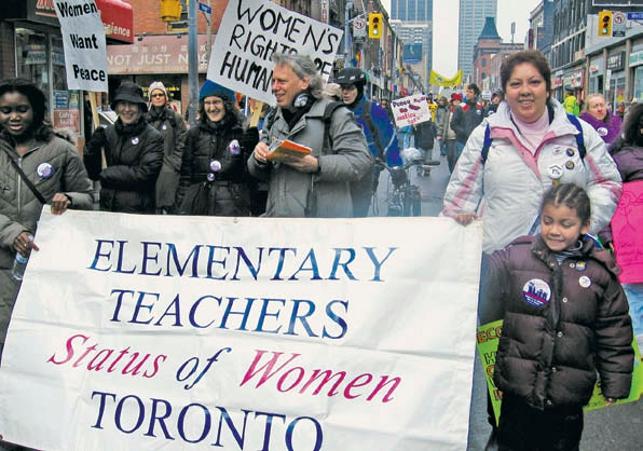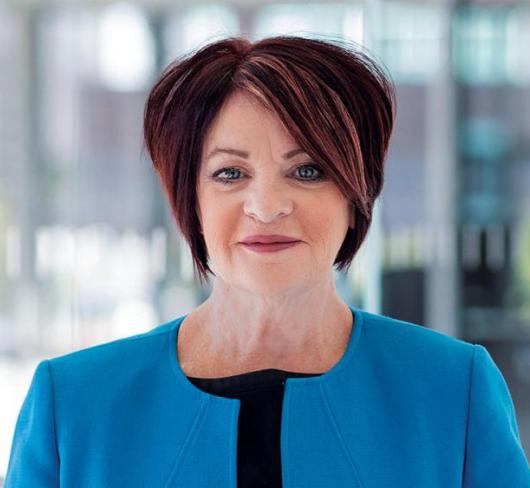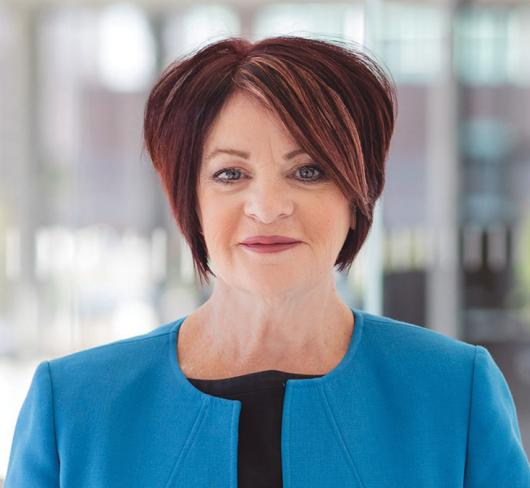
International Women's Day : Why We March (Equity and Women's Services)
Each year on March 8 – international Women’s Day (iWD) – women around the world take time to celebrate the achievements of women, to reflect on our current status, and to demand legal and economic equality and freedom from violence.
International Women’s Day has it roots in the international labour, socialist, and peace movements that were active early in the twentieth century. IWD has been celebrated on March 8 since 1917 and is a national holiday in many countries in Eastern Europe and Central Asia.
Like Labour Day, International Women’s Day provides a focus for the necessary activism of the day. In 2008, the Canadian Labour Congress launches a year-long campaign on women’s economic equality. In 2000 and 2005, the World March of Women launched its global campaigns.
Why March in Canada?
In 1967, following intense lobbying by women’s groups around the country, the Canadian government created a Royal Commission on the Status of Women. The Royal Commission’s 1970 report made 167 recommendations for improving the situation of women in Canada. Many have been fully or partially implemented – among them, access to birth control and maternity leave, family law reform, more educational opportunities, better pensions for women, and more equitable taxation. But today, almost 40 years later, other recommendations are still not realized or have been implemented and then lost again. Consider the following issues.
Status for Aboriginal Women
Before the Indian Act (the law pertaining to Aboriginal persons who have treaty status) was amended in 1985, Aboriginal women lost their status if they married someone without status. Aboriginal men had always retained their status no matter whom they married. The amended law allows women to confer status only on their children, not their grandchildren.
Sharon McIvor has been challenging this injustice for many years, and last summer the British Columbia Supreme Court ruled that the differential status was discriminatory under our Charter of Rights and Freedoms. Now the federal government has decided to appeal this decision. With the elimination of the Charter Challenges fund (a program cut by Stephen Harper’s Conservative government), it is almost impossible for McIvor, or any citizen, to enforce their rights through the courts. ETFO has contributed $20,000 to support McIvor’s legal costs.
A National Subsidized Child Care Program
Quebec has a province-wide program that costs parents no more than $7 per child per day, but although promised repeatedly by governing federal parties, there is no national, accessible, not-for-profit, developmentally appropriate child care program in the rest of Canada in 2008.
Pay Equity
Pay equity (or “equal pay for work of equal value”) legislation is in effect at the federal level and in Ontario, but for many women, particularly those in unorganized workplaces or who work part-time, pay equity is not a reality. The federal government has failed to act on recommendations to improve its own legislation, and in Ontario women have had to enforce pay equity the long, hard way – through the courts. Women in Ontario are currently paid 29 percent less than men. ETFO is a member and financial supporter of the Pay Equity Coalition. The coalition held a news conference and rally in January to mark the twentieth anniversary of the Pay Equity Act.
Government FInancial Support for Women's Organizations
Following the report of the Royal Commission on the Status of Women, the federal government created several institutions – both within govern- ment and at arm’s length – to conduct research, advocate for women, and support nongovernmental organizations promoting women’s equality. Recently, these institutions have been systematically dismantled. The Canadian Advisory Council on the Status of Women was eliminated in 1995. The funding available through Status of Women Canada to women’s orga- nizations doing research and advocacy to promote women’s equality was cut in 2006. Many women’s organizations have been left without essential funding. Several unions, including ETFO, have increased their financial contributions to struggling women’s groups.
Women's Political Representation
When it comes to women in politics, Canada ranks forty-seventh in the world, behind most European nations and many less developed countries such as Mauritania, Uganda, Rwanda, Afghanistan, and Iraq. Just 21 per- cent of federal MPs and 27 percent of Ontario MPPs are women. The Unit- ed Nations says that a critical mass of at least 30 percent women is needed before legislatures produce public policy representing women’s concerns.
Sources:
– Women in Canada: A Gender-Based Statistical Report, 5th ed. Ottawa: Statistics Canada, Catalogue no. 89-503-XIE. Available at: dsp-psd. pwgsc.gc.ca/Collection-R/Statcan/89-503-X/89-503-XIE.html
– Ricardo Hausman, Laura Tyson, and Saadia Zahidi, The Global Gender Gap Report 2007. Geneva, Switzerland: World Economic Forum. Available at: weforum.org/en/initiatives/gcp/Gender percent20Gap/ index.htm
– Robin Fitzgerald, Family Violence in Canada: A Statistical Profile 1999.
- Ottawa: Statistics Canada,1999. Catalogue # 85-224-XPE Available at: statcan.ca/english/freepub/85-224-XIE/0009985-224-XIE.pdf
Take Action: Websites of Interest
– AdHoc Coalition for Women’s Equality and Human Rights: womensequality.ca
– Springtide Resources, Ending Violence Against Women: springtideresources.org
– Equal Pay Coalition: equalpaycoalition.org
– Equal Voice: equalvoice.ca
– Sharon McIvor: fafia-afai.org/en/help_win_equality_for_aboriginal_women
– Child care: buildchildcare.ca
– Roots of Equality: etfo.ca/Resources/ForTeachers/
– World March of Women: worldmarchofwomen.org

